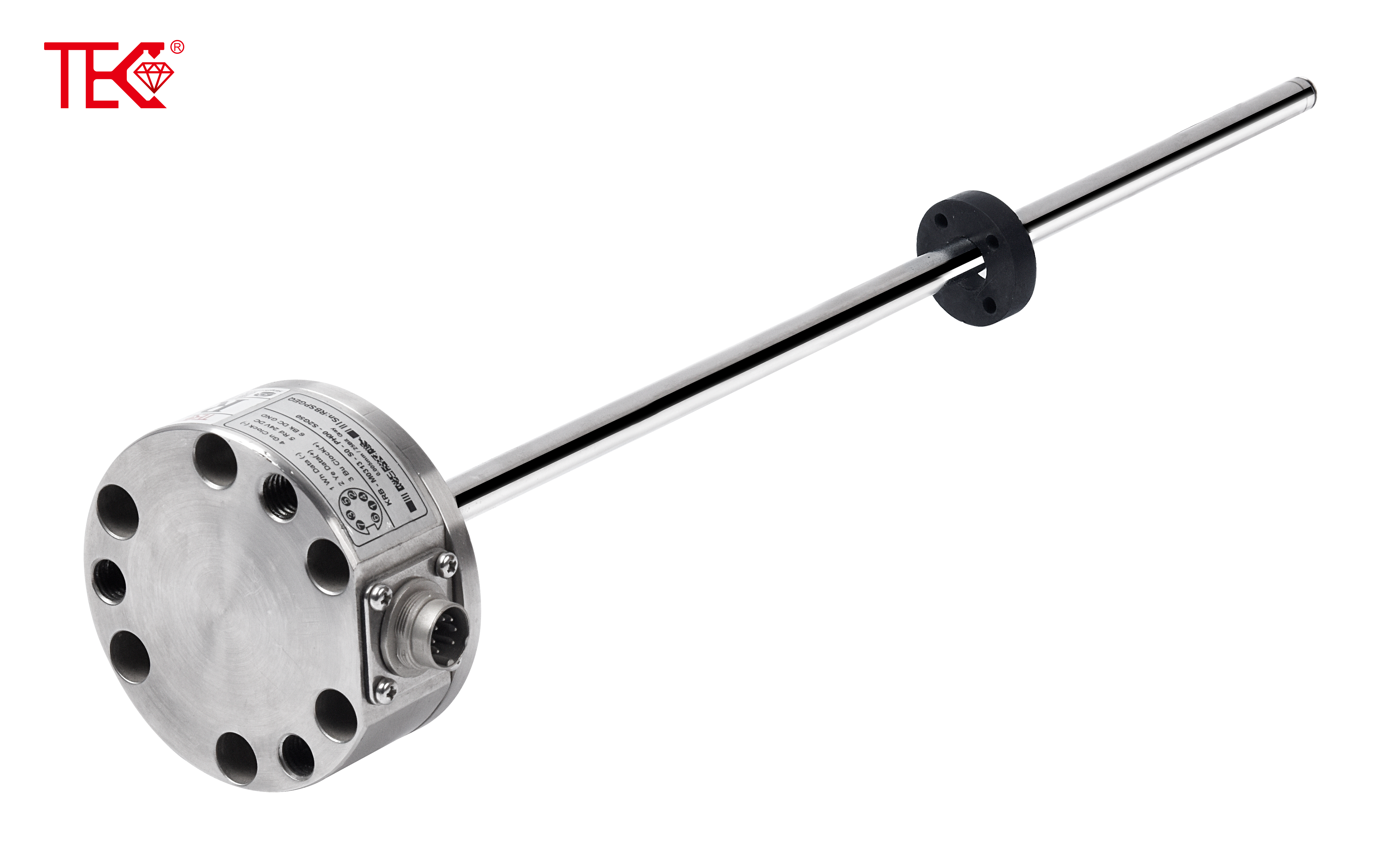What is the power consumption of magnetostrictive sensors?
Magnetostrictive sensors typically operate within a power consumption range of 1 to 5 watts, making them remarkably efficient for industrial applications. This relatively low energy requirement stems from their fundamental operating principle, which relies on the magnetostrictive effect rather than power-intensive components. The actual consumption varies based on sensor size, measurement range, and specific design characteristics, but generally remains at the lower spectrum compared to many alternative sensing technologies.
Factors influencing power requirements
Several key elements determine the exact power needs of magnetostrictive sensors. The sensor's length directly impacts energy consumption, with longer measurement ranges requiring slightly more power. Environmental conditions play a crucial role, as extreme temperatures might necessitate additional power for compensation circuits. Signal processing complexity and output type (analog vs. digital) also contribute to overall power draw, with more sophisticated processing typically demanding higher energy investment.
Comparison with other sensor technologies

When evaluated against alternative position sensing technologies, magnetostrictive sensors demonstrate superior power efficiency. Traditional LVDT sensors often consume 5-10 watts, while some ultrasonic sensors can require up to 15 watts for similar applications. This efficiency advantage becomes particularly significant in large-scale industrial installations where multiple sensors operate continuously, leading to substantial energy savings over time.
Energy efficiency in industrial applications
The moderate power requirements of magnetostrictive sensors make them ideal for energy-conscious industrial environments. Their efficient operation contributes to reduced overall system power consumption, especially in applications requiring multiple measurement points. This efficiency doesn't compromise performance, as these sensors maintain high accuracy and reliability while minimizing energy usage, supporting sustainable manufacturing practices.
Power management features
Modern magnetostrictive sensors incorporate intelligent power management capabilities that further enhance their efficiency. Many models feature sleep modes during inactive periods, reducing consumption to minimal levels when not taking measurements. Advanced models include adaptive power scaling, automatically adjusting energy usage based on measurement frequency and accuracy requirements, optimizing the balance between performance and power conservation.
Impact on system design and operation
The low power characteristics of magnetostrictive sensors influence overall system design in positive ways. Reduced heat generation allows for higher sensor density in control panels without requiring additional cooling measures. Simplified power supply requirements lower installation costs and improve system reliability. These factors combine to make magnetostrictive technology particularly attractive for applications where power availability may be limited or where energy efficiency is a primary concern.
Future trends in power optimization
Ongoing research and development continues to push the boundaries of power efficiency in magnetostrictive sensors. Emerging technologies focus on reducing standby power consumption below 0.5 watts while maintaining instant response capabilities. Innovations in materials science and electronic design promise even greater efficiency gains, potentially lowering operational power requirements while simultaneously improving measurement precision and response times.
 UpgradingYourLevelMeasurementS
UpgradingYourLevelMeasurementS
 Why are magnetostrictive level
Why are magnetostrictive level
 ComparingMagnetostrictiveandRa
ComparingMagnetostrictiveandRa
 MagnetostrictiveLevelSensorfor
MagnetostrictiveLevelSensorfor
